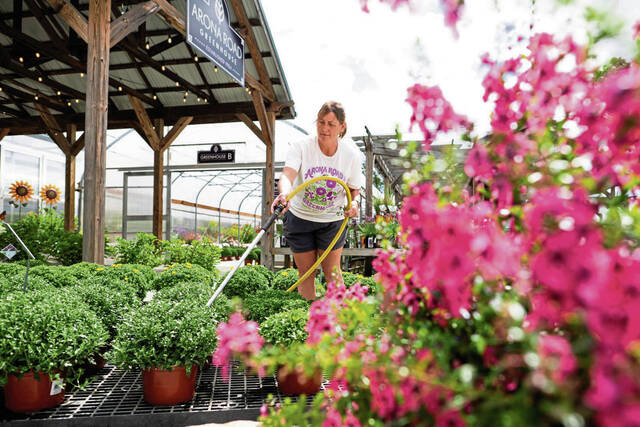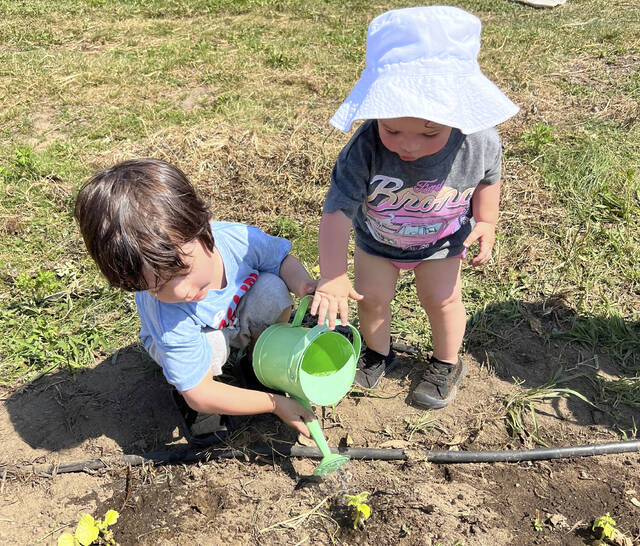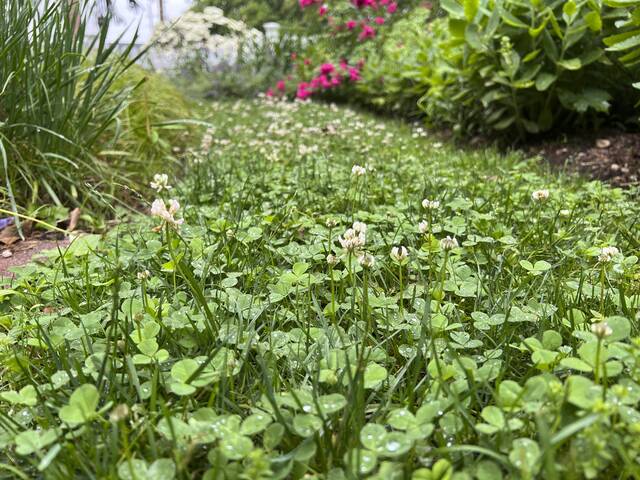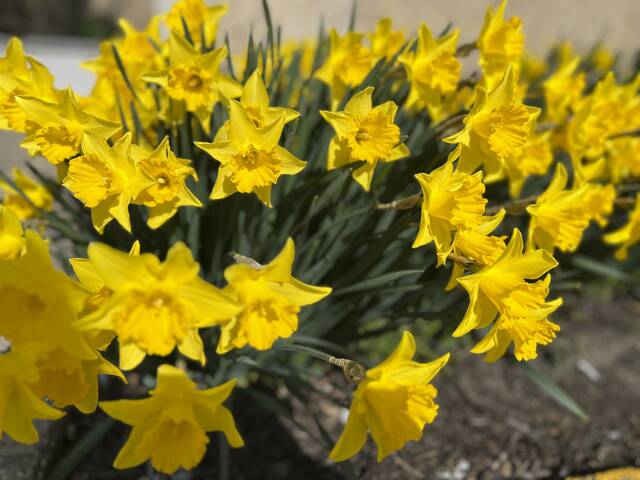Question: I’m looking to add some more bee-friendly perennial plants to my flower garden this summer. Can you make some recommendations? It would be a bonus if the deer don’t eat them, but I know that’s a tough request!
Answer: Kudos to you for wanting to provide more nectar-foraging plants for bees. When looking to add bee-friendly plants to your landscape, there are a few things to keep in mind.
1. Not all bees are honeybees. North America is home to over 4,000 species of native bees, which the honeybee is not. So, when making plant choices, it’s important to consider including a collection of diverse plant species with many different floral structures that help various species and sizes of bees.
2. Size matters. Some bees are big and they need flowers with big “landing pads.” Bumble bees are large and heavy and they won’t nectar on plants with slender stems. However, some of our native sweat bees are very diminutive and need to nectar on tiny flowers. Bloom size diversity is key to supporting as many different bee species as possible.
3. Stagger bloom times. Bees begin to forage very early in the season, and they continue to do so very late into the fall. Because of this, it’s essential that you provide floral resources from the end of winter through late autumn. Don’t only choose plants that bloom in high summer. Ideally, you should have something in bloom all the time.
4. Buy organically grown plants, if possible. Unfortunately, flowering plants sold at big-box stores often have been treated with a group of systemic pesticides known as neonicotinoids. These pesticides are absorbed by the plant’s roots and travel through the vascular tissue of the plant, eventually making their way into the pollen and nectar. There’s evidence that they cause negative impacts to pollinator health, so it’s best to purchase from nurseries who do not treat with neonicotinoids or from certified organic growers. Don’t be afraid to ask questions.
5. Go native whenever possible. There’s much debate and research happening in the gardening world about whether or not native plants provide a better source of nectar for our native bees. The discussion also includes cultivated varieties of our native plants (often called nativars). While both sides have a weighted opinion, my personal opinion is to choose natives whenever possible, but don’t beat yourself up if you fall in love with a non-native plant that the bees love nectaring on. There are some lovely plants adored by pollinators that aren’t native, nor are they invasive (which is certainly a trait you’ll want to avoid).
With these guidelines in mind, here are some of my favorite perennial plants known for their pollinator-supporting prowess (some are native while others are not; I’ll leave the choice up to you). Oh, and they are all deer-resistant, too, but as you know, that’s relative since every herd eats differently.
Yarrow - Achillea
Agastache - Agastache
Columbines - Aquilegia
Milkweed - Asclepias
Asters - Symphyotrichum
Basket of gold - Aurinia
False indigo - Baptisia
Blue mist shrub - Caryopteris
Tickseeds - Coreopsis
Coneflowers - Echinacea
Calamint - Calamintha
Globe thistle - Echinops
Joe pye weed - Eutrochium
Sedums - Sedum
Thyme - Thymus
Oregano - Origanum
False sunflower - Heliopsis
Bee balm - Monarda
Blazing star - Liatris
Cat mint - Nepeta
Beardtongue - Penstemon
Rudbeckias - Rudbeckia
Meadow sage - Salvia








